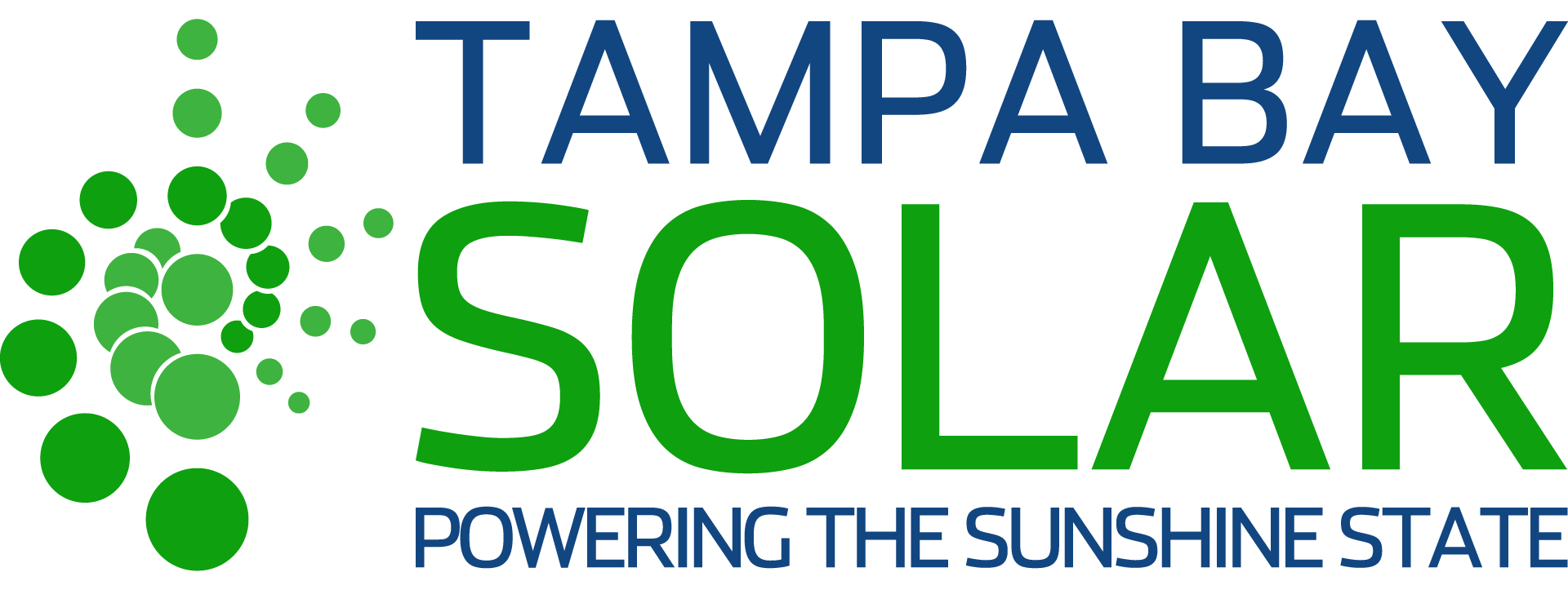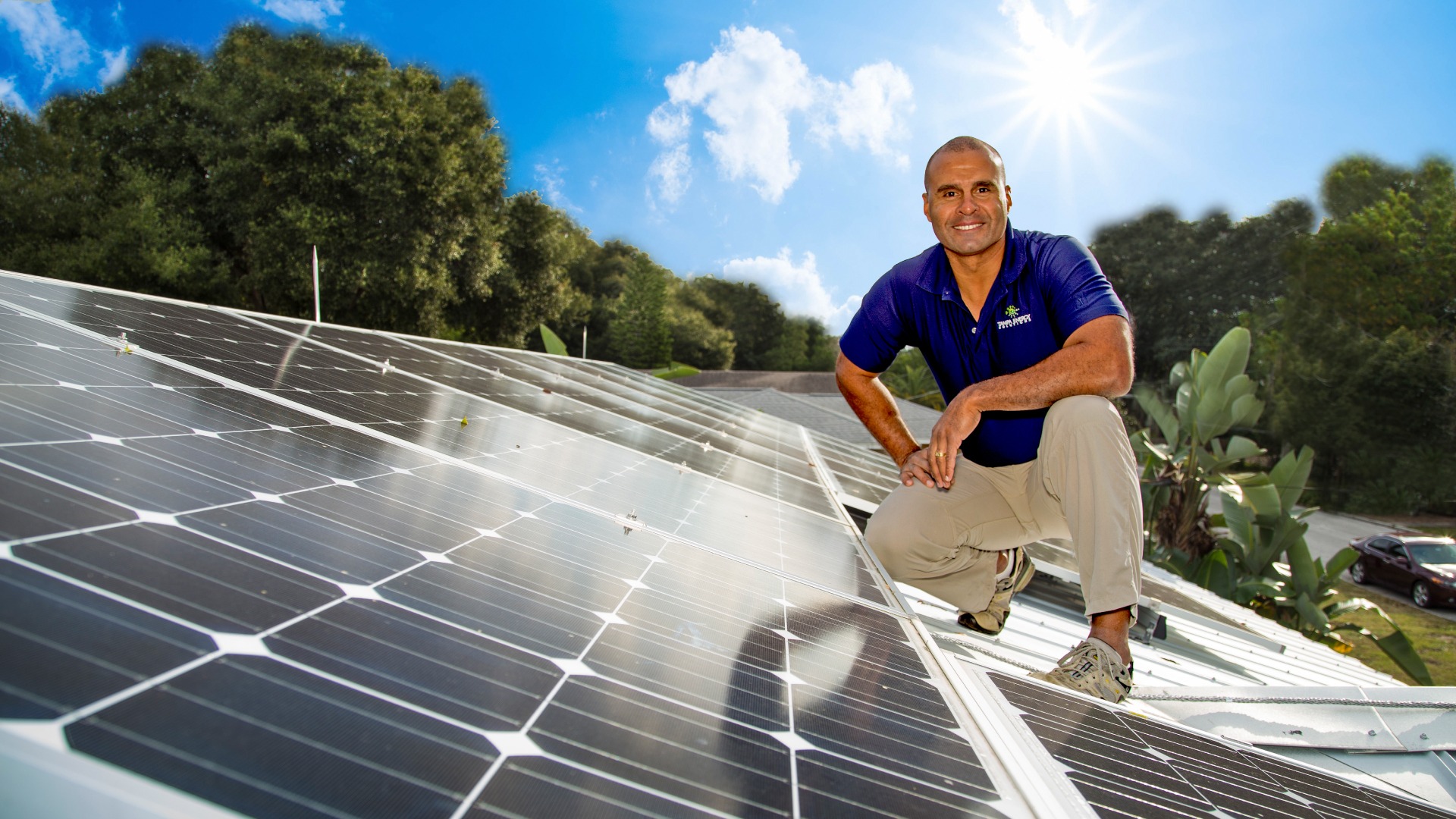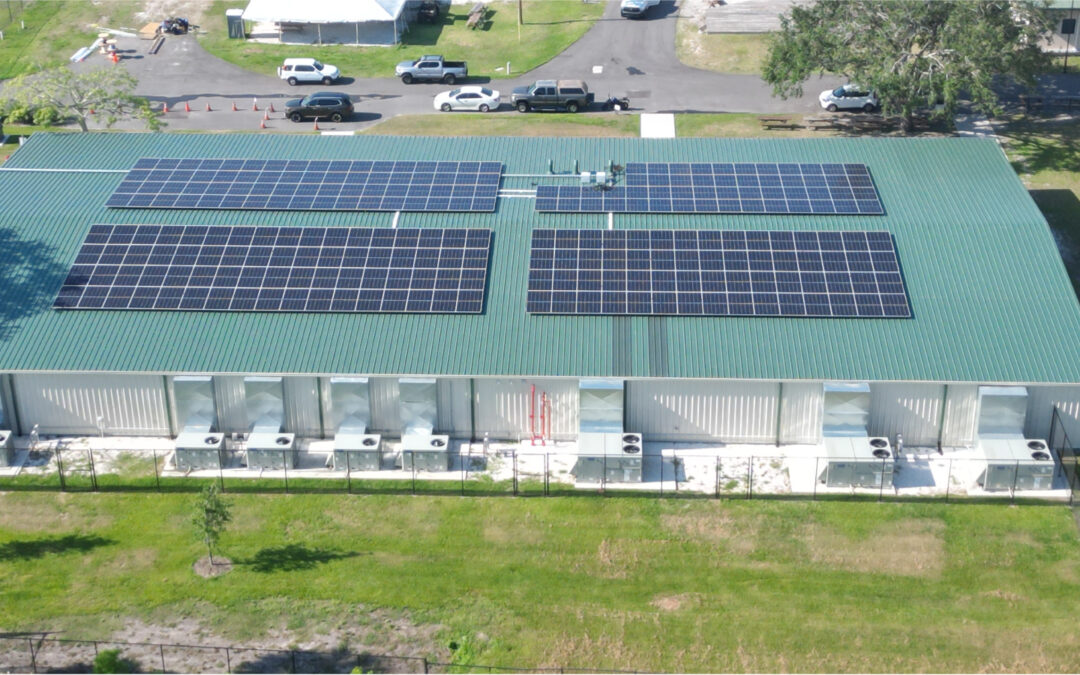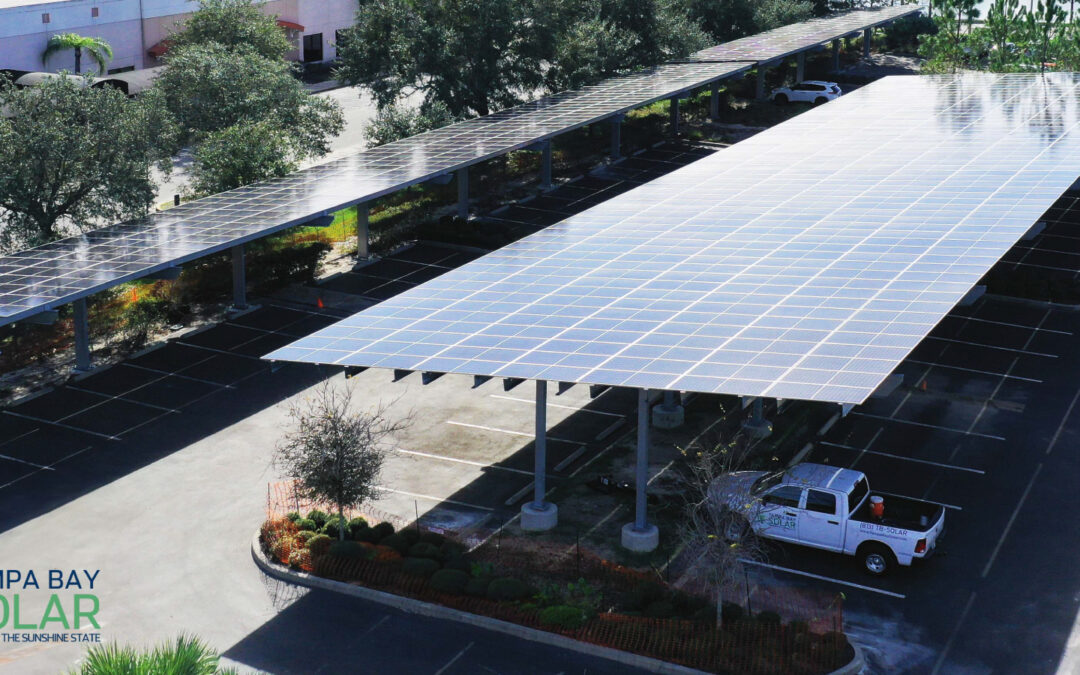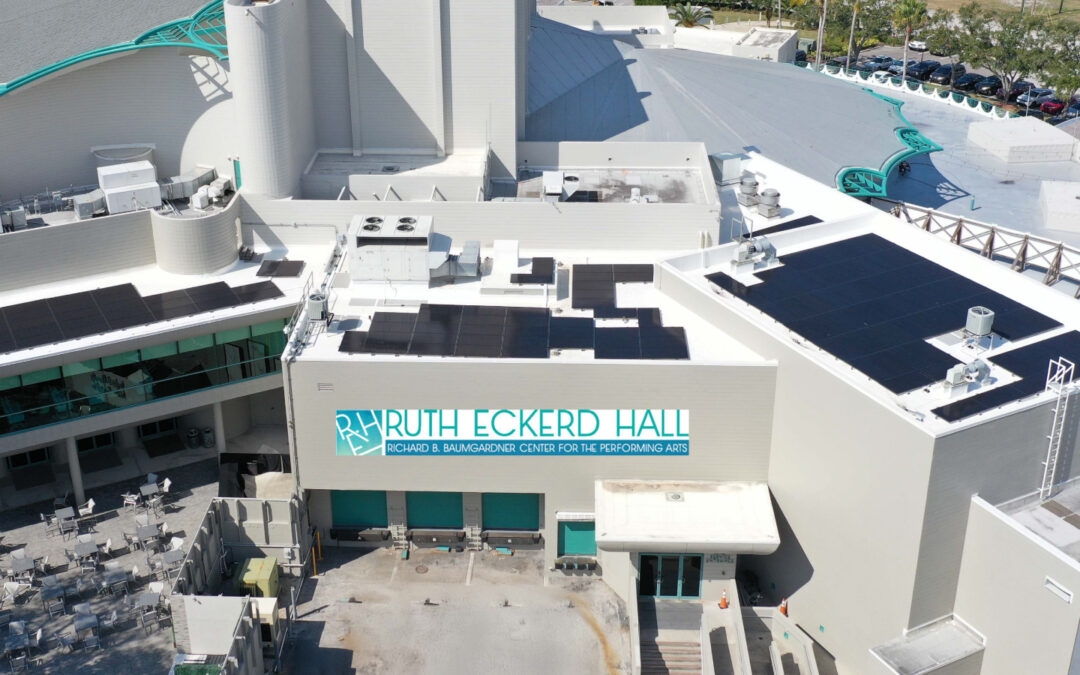The Residential Clean Energy Credit, also known as the Solar Tax Credit, provides a significant financial boost for homeowners considering solar energy. Using Form 5695, you can save a substantial amount on your taxes. In 2024, Form 5695 will expand beyond solar panels, allowing you to claim tax credits for energy-efficient upgrades and residential energy property expenses. This means more savings and a brighter future for your home.
This article offers detailed, step-by-step instructions for completing Form 5695 and securing the solar tax credit. With this guidance, homeowners can confidently navigate the process and ensure they receive the full benefits they deserve from this valuable tax incentive.
What is IRS Form 5695?
Form 5695 is not just a document for claiming tax credits; it’s a versatile tool that puts you in control of your energy choices. This user-friendly form, available on the IRS website, allows you to calculate non-refundable credits for a wide range of energy-efficient improvements in your home, known as ‘Residential Energy Credits’ by the IRS. The possibilities are vast, from solar panel systems to energy storage, fuel cells, geothermal heat pumps, and small wind turbines. In 2024, a new section on Form 5695 will enable you to earn an extra $1,200 in tax credits for home energy audits and other eligible energy-efficiency updates. This versatility empowers you to make energy-efficient upgrades that suit your needs and preferences, giving you control over your energy future.
What is the Solar Energy Tax Credit?
To benefit from the Solar Energy Tax Credit, your solar energy system must begin service within the current tax year. This federal residential credit guarantees a substantial dollar-for-dollar tax reduction, equivalent to 30% of the total system cost in 2024, effectively making solar energy more financially accessible. By diligently completing IRS Form 5695, you can claim this credit on your income taxes and maximize your savings while embracing renewable energy.
Tax Credits vs. Deductions and Discounts
In contrast to deductions and discounts, tax credits directly diminish the amount of tax owed by the claimant, potentially resulting in a tax refund. It’s crucial to note that these credits do not function as discounts, as taxpayers are still responsible for covering the costs of the improvements upfront, claiming the credit from the IRS when filing their tax returns. Taxpayers can claim these credits on IRS Form 5695, irrespective of whether they choose to itemize deductions on Schedule A, ensuring accessibility and equitable benefits for all eligible taxpayers.
Requirements for Claiming the Residential Clean Energy Credit in 2024
Solar projects on new and existing homes in the U.S. must meet specific criteria to qualify for the Residential Clean Energy Credit in 2024. Properties located outside the U.S. are ineligible for the RCEC. To be eligible, you must purchase a new energy system, including solar panels, solar water heaters, wind turbines, geothermal heat pumps, fuel cells, or battery storage. It’s important to note that leased systems do not meet the criteria for this credit. Lastly, you must adhere to all mandatory building codes and install the energy system on a property you own and reside in. The RCEC cannot be claimed on properties designated for full-time rental purposes. These stringent requirements ensure the credit’s alignment with promoting clean energy adoption among homeowners while maintaining eligibility standards.
Steps to Fill Out IRS Form 5695 for the Solar Tax Credit
Mastering IRS Form 5695 for the Solar Tax Credit is pivotal in maximizing savings and leveraging incentives for adopting energy-efficient systems. This guide offers step-by-step instructions on how to navigate the process seamlessly.
1. Calculate The Total Cost Of Your Solar Power System
Accurately calculate the total cost of your solar power system, including all necessary project components to ensure precise estimations. Understand your quote details and total buying costs to make informed decisions.
2. Add Additional Energy-Efficient Improvements
Expand the scope to include energy-efficient improvements beyond solar, elucidating qualifying upgrades and their respective contributions to the tax credit calculation. Document and differentiate between eligible improvements for Form 5695 Part II.
3. Calculate The Tax Credit Value
Delve into the intricacies of calculating the federal solar tax credit, providing an explicit formula for determining the credit value based on qualifying expenses.
4. Enter Your Tax Credit Value
Enter the tax credit value into Form 5695, considering first-time filers and those with additional tax credits or carry-forwards from previous years. Clear instructions facilitate seamless integration of the solar tax credit into the overall tax filing process.
5. Calculate Your Tax Liability
Assess tax liability to optimize the utilization of the available tax credit. Professional assistance is recommended to calculate income tax liability accurately.
6. Compute The Maximum Tax Credit You Can Claim
Determine the maximum tax credit claimable by guiding taxpayers through a comprehensive worksheet to account for various tax credit eligibility criteria. This ensures effective leverage of all available tax credits.
7. Enter Your Maximum Tax Credit
Enter the maximum tax credit onto Form 5695. Compare with the calculated tax liability to determine the optimal credit amount to claim. Clear instructions streamline the process of reconciling tax liabilities and available credits.
8. Calculate Any Carry-Over Credit
Address the potential scenario of excess tax credits by calculating carry-over credits for subsequent tax years. This step ensures long-term benefits of the solar tax credit.
9. Put Your Credit on Form 1040
Outline the final steps to report the tax credit on Form 1040, emphasizing the importance of timely and accurate filing to avoid potential eligibility issues.
Ensure timely completion of Form 5695 by aligning it with the tax year of your solar panel installation, typically coinciding with your annual tax filing. Keep vital documentation organized and easily accessible to streamline the filing process and maximize your tax credit.
Procrastination can jeopardize your eligibility for the residential clean energy credit, so prioritize timely tax filing to ensure you get all potential savings. For expert assistance in navigating Form 5695 accurately and optimizing your tax credits, consult professionals like Tampa Bay Solar.
